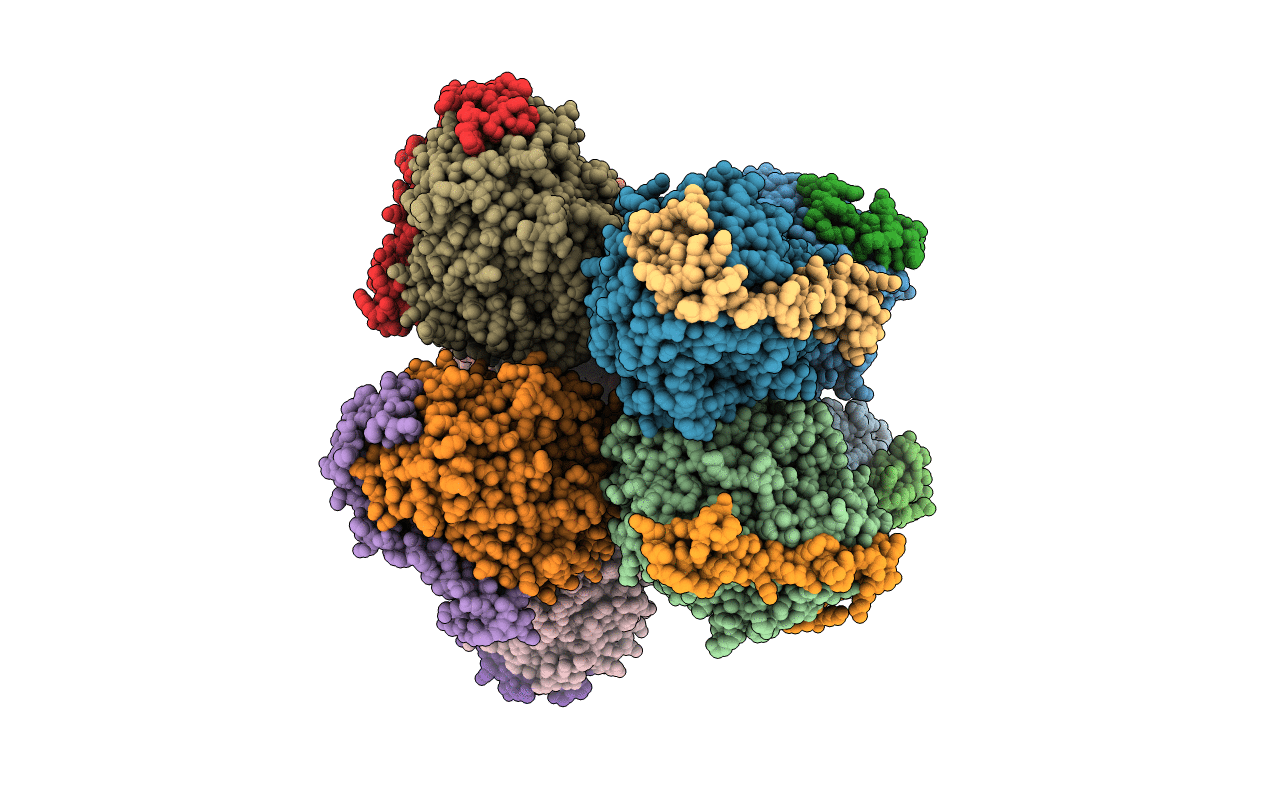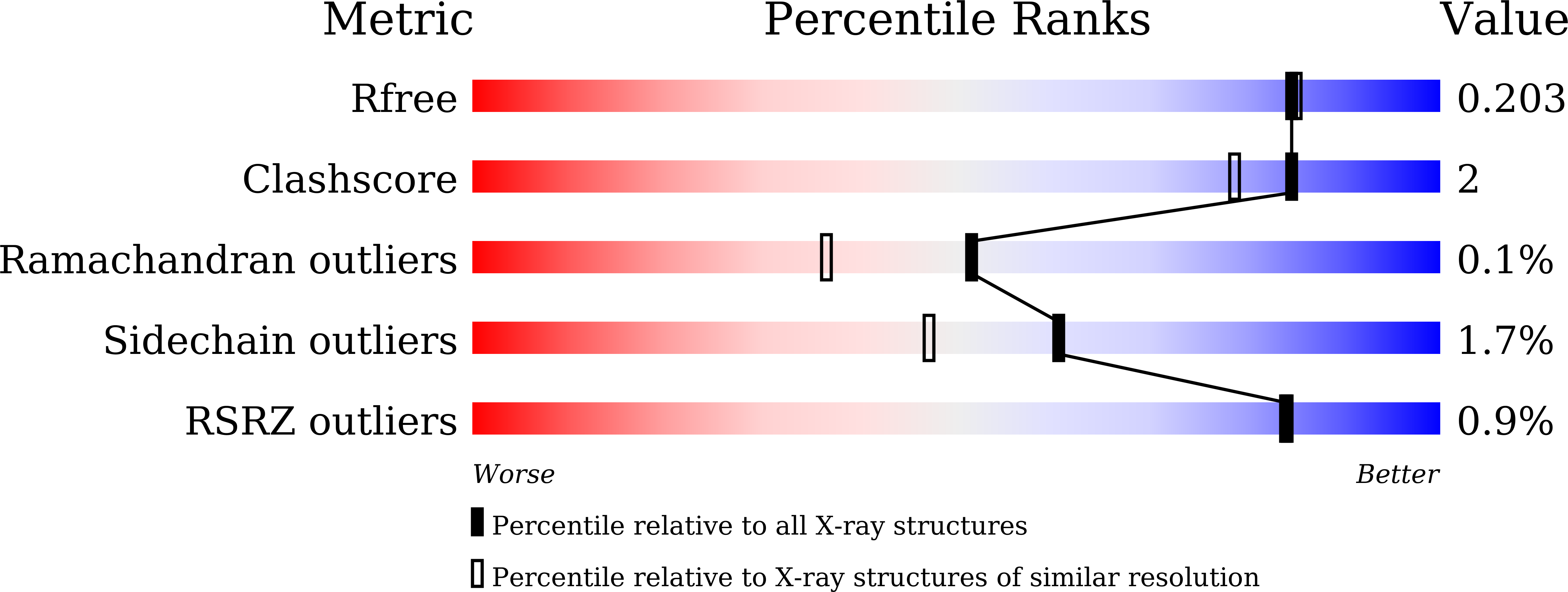
Deposition Date
2020-06-20
Release Date
2021-06-23
Last Version Date
2024-11-13
Entry Detail
PDB ID:
7CDL
Keywords:
Title:
holo-methanol dehydrogenase (MDH) with Cys131-Cys132 reduced from Methylococcus capsulatus (Bath)
Biological Source:
Source Organism:
Method Details:
Experimental Method:
Resolution:
1.85 Å
R-Value Free:
0.19
R-Value Work:
0.15
R-Value Observed:
0.15
Space Group:
P 21 21 21


